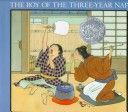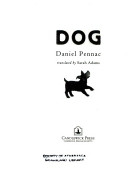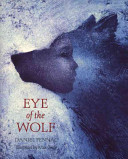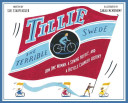
A poor Japanese woman maneuvers events to change the lazy habits of her son.
Material appropriate for primary age groups

A poor Japanese woman maneuvers events to change the lazy habits of her son.
Once upon a time, in a small village in Korea, there lived a childless old couple. They worked hard and lived good, simple lives, wanting only a baby to love and care for. But their rich, greedy neighbor sneered at their patched-up clothes. And when he saw the old man chopping wood he’d taunt him: “Ha! Old Man, where is your son to help you?”
Then one day, a mysterious bluebird leads the old man to a magic spring that makes him young again. But that’s only half the magic, as the miraculous power of the spring brings justice to the greedy neighbor, and a child for the couple from the least likely place of all.
Two Japanese goblins with long, lovely noses decide to prove once and for all whose proboscis is the most beautiful.

In two original stories set in ancient China, Little Chiu masters the sword and Mu Chi escapes death through his marvelous painting.

Rescued from certain death by a kindly dog at the city dump, an abandoned puppy grows up fending for himself until he finds a home with a willful little girl. Could she be the mistress of his dreams?

Daniel Pennac’s fable of a boy and a wolf who dare to meet each other’s gaze unfolds with humor, poignancy, and philosophical resonance. They were born worlds apart, the wolf from the Far North and the boy from Yellow Africa. Now all that separates them is a cage at the zoo. The wolf has lost much on his journey, including an eye and his beloved pack. But when he finally consents to trust the strange, still little boy who has been watching him, to meet his eye, their lives intersect with unforgettable results. Master storyteller Daniel Pennac weaves the events of two lives into a mythic tapestry that ultimately and magnificently reveals the fellowship of all creatures. Ten illustrations by Max Grafe enhance this fabulous translation from the French.
One by one, ten children move from their old house into their new house with all their possessions. Die-cut windows reveal the interiors of the houses and the book can also be read from back to front.

A counting book depicting the growth in a village and surrounding countryside during twelve months.

When Tillie Anderson came to America, all she had was a needle. So she got herself a job in a tailor shop and waited for a dream to find her. One day, a man sped by on a bicycle. She was told “bicycles aren’t for ladies,” but from then on, Tillie dreamed of riding-—not graceful figure eights, but speedy, scorching, racy riding! And she knew that couldn’t be done in a fancy lady’s dress. With arduous training and her (shocking!) new clothes, Tillie became the women’s bicycle-riding champion of the world. Sue Stauffacher’s lively text and Sarah McMenemy’s charming illustrations capture the energy of America’s bicycle craze and tell the story of one woman who wouldn’t let society’s expectations stop her from achieving her dream.
In China in the 1940s, ten-year-old Ying sells her handmade bamboo chicken fences to make money to attend a school camping trip, but no one understands why she instead uses her earnings to buy a dead hen from the grandmother of a drowned classmate.